Last week we discussed some questions that will help you evaluate your database requirements and today we build upon that to understand the process of choosing the right database according to your need. We will also review the basics of all the AWS database services, but first, we will talk about some key metrics that you can use to understand your project requirements.
Step 1: Understand Project Requirements
Today’s modern applications need a variety of abilities. Businesses need to process large amounts of data at high speed, they need to derive useful insights for making better decisions, and all operations need to be done quickly and in a structured manner.
To serve your customers, you need long-term and high-performance database foundations, then make a decision and analyze your options. The best way to do this is to first understand your own system. While each database requirement will be special, we do have some essential criteria to evaluate a database:
- Read-to-write ratio
- Structure of data stored and retrieved
- Ease of analysis of data
- Scalability needs
- Availability and durability
- User-friendliness
- Cost of system
Once you have assessed your project’s requirements, the next step would be to check all the available storage options.
Step 2: Choose a Storage Solution
As of August 2022, AWS has storage solutions for 8 Data types. From data warehouses that support your big data analytics to time series or text searches, all your requirements can be fulfilled using AWS. The table below should help you get a clear understanding of the database type, its use case and AWS services that provide that functionality.
Step 3: Examine Current Technology
There are high chances that your business has a preexisting technology stack and you’re looking to build more databases or migrate you’re on-prem setup. It is essential to look into the software and services your application currently uses. Not every single thing that you use would be compatible with the new AWS database.
This is one of the most important steps to complete before you go ahead and make the final decision. Check for compatible programming languages, software, architecture and each detail of the application that might become the source of error in future or which might stall the process of migration.
When you have done all that, you are good to go. If you still haven’t found the right database for your application or you are having any technical challenges, please feel free to contact us.

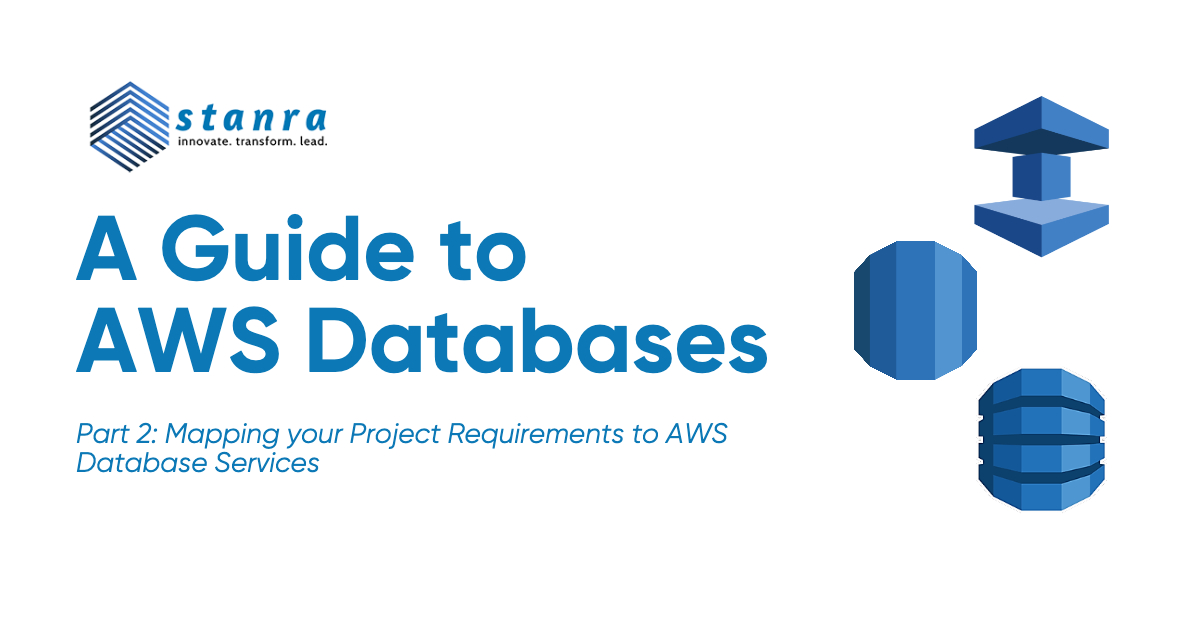

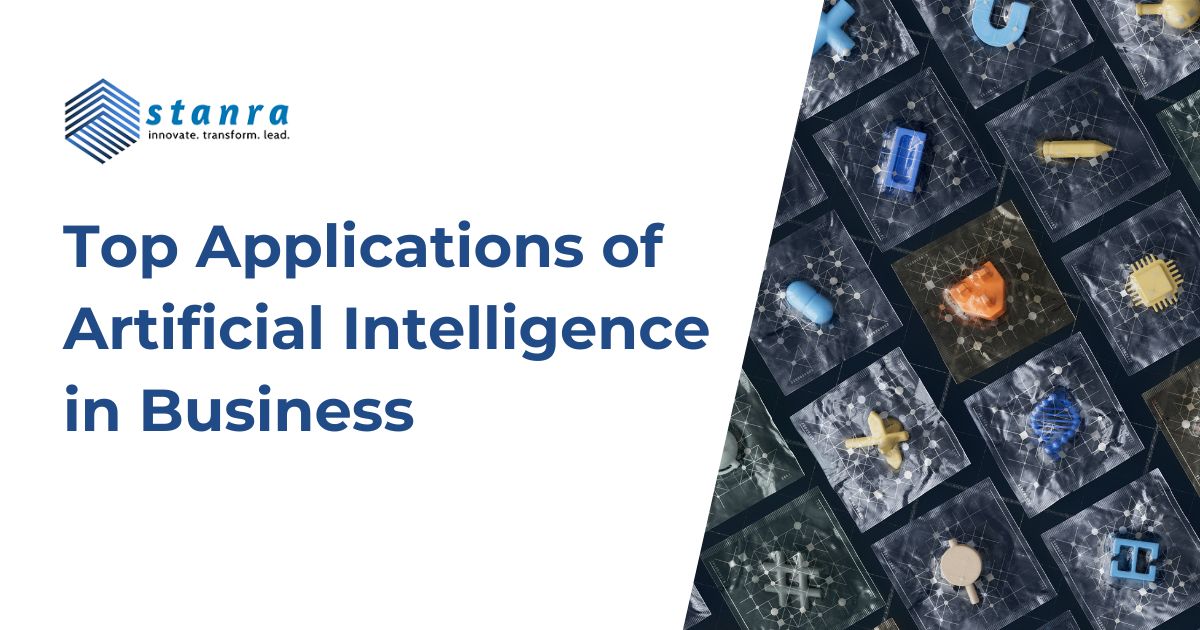
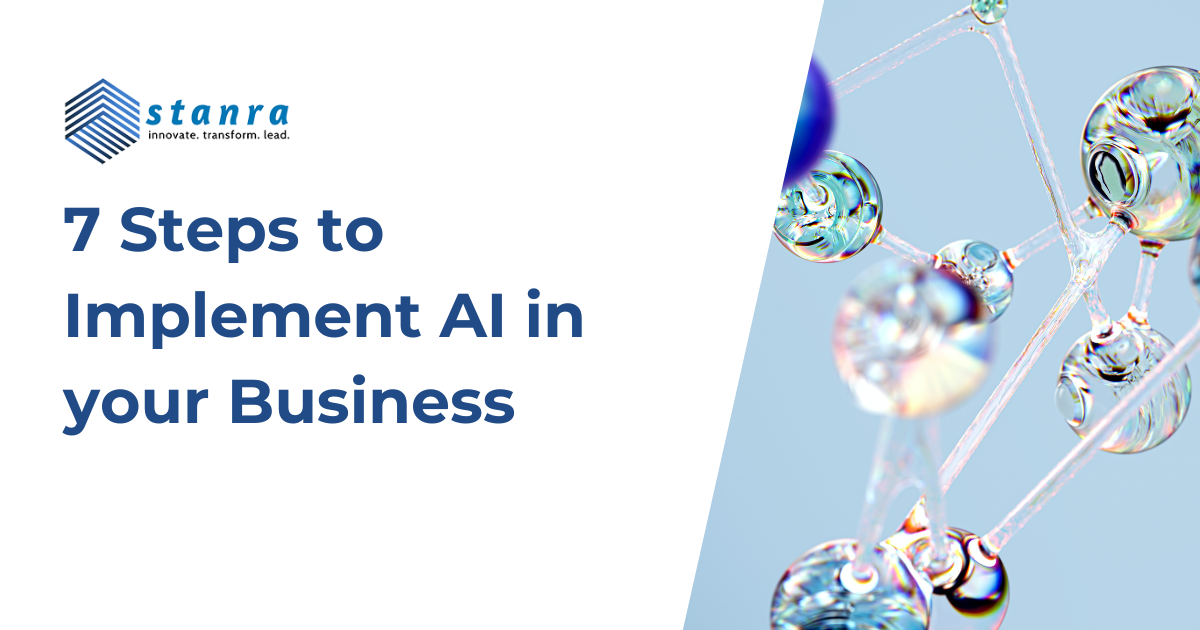
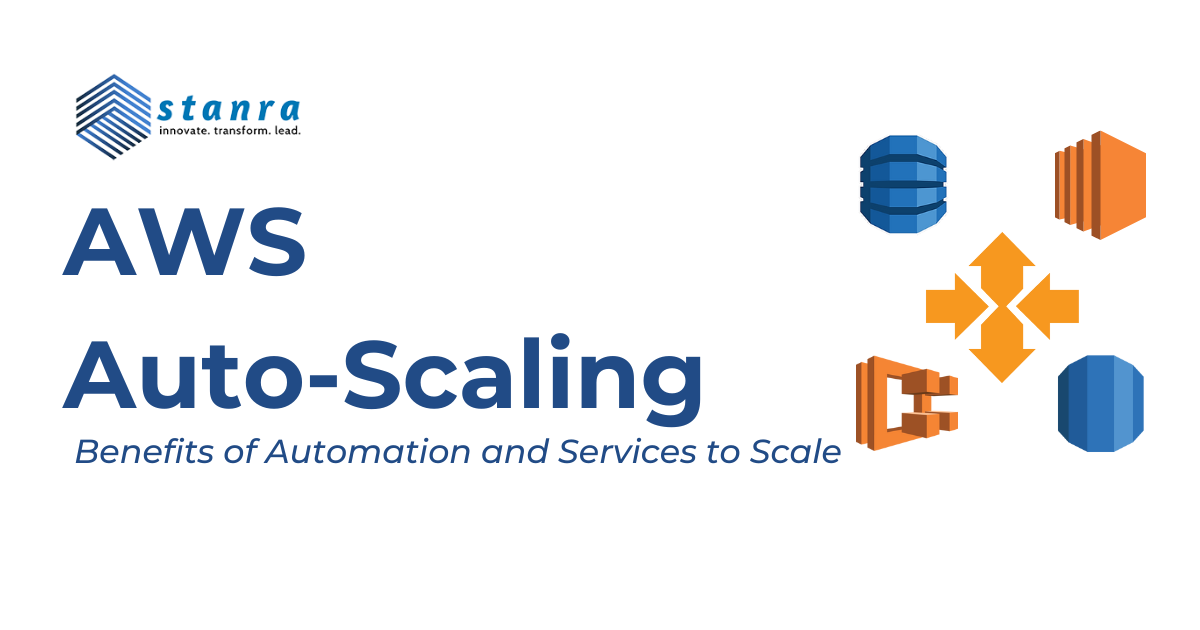
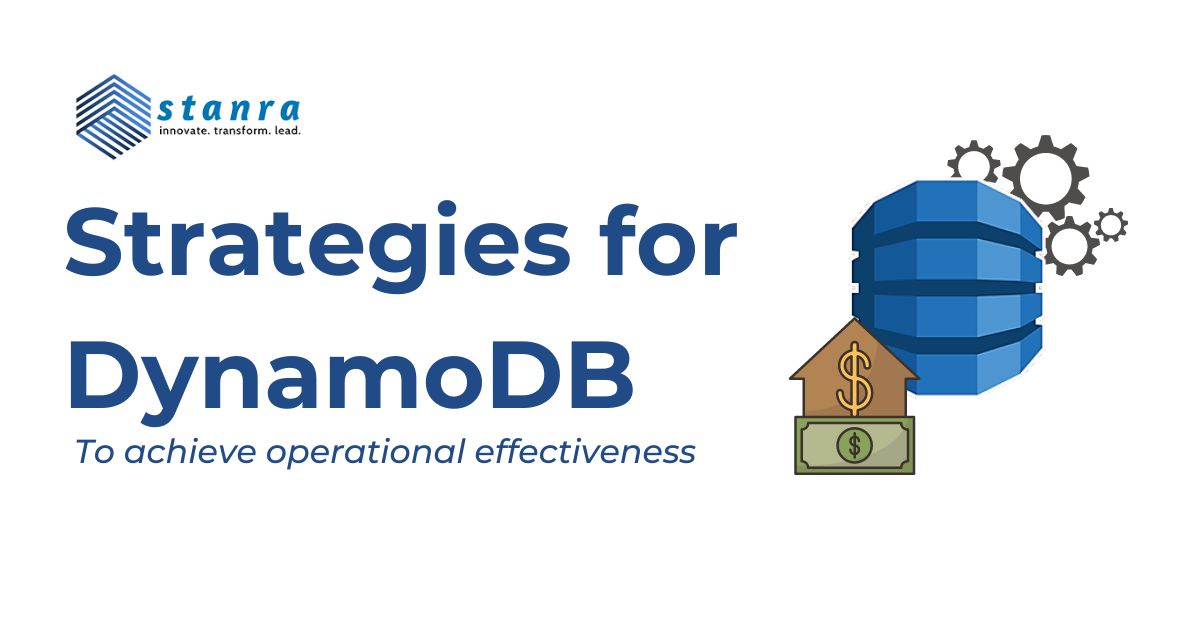
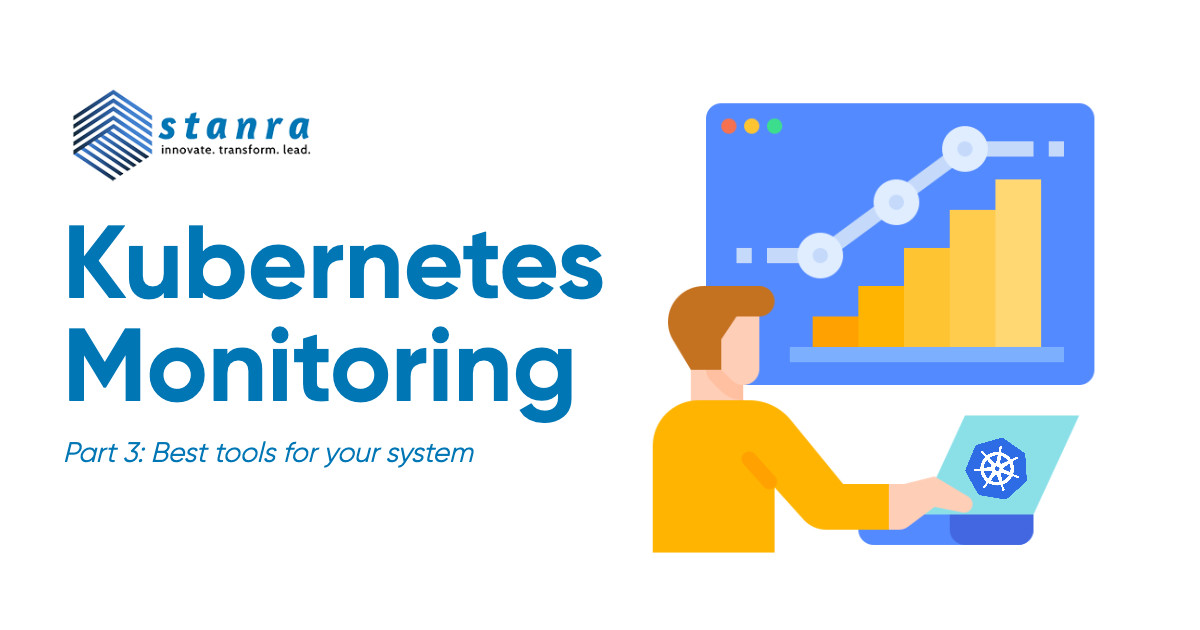
Leave A Comment